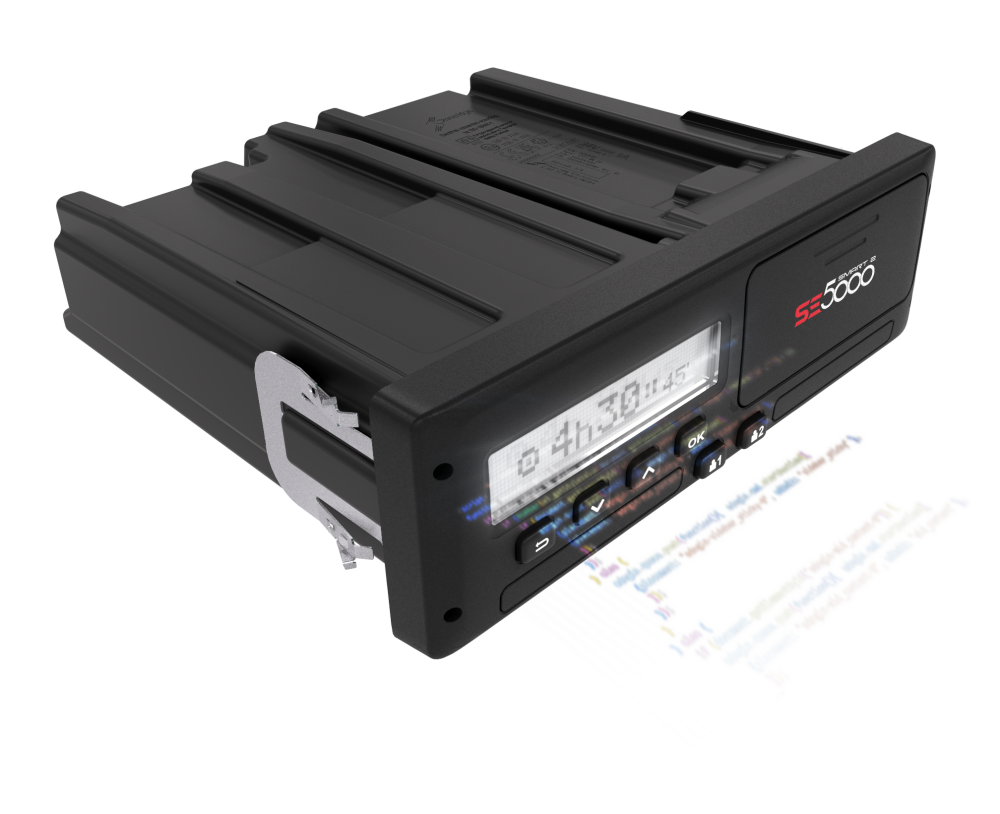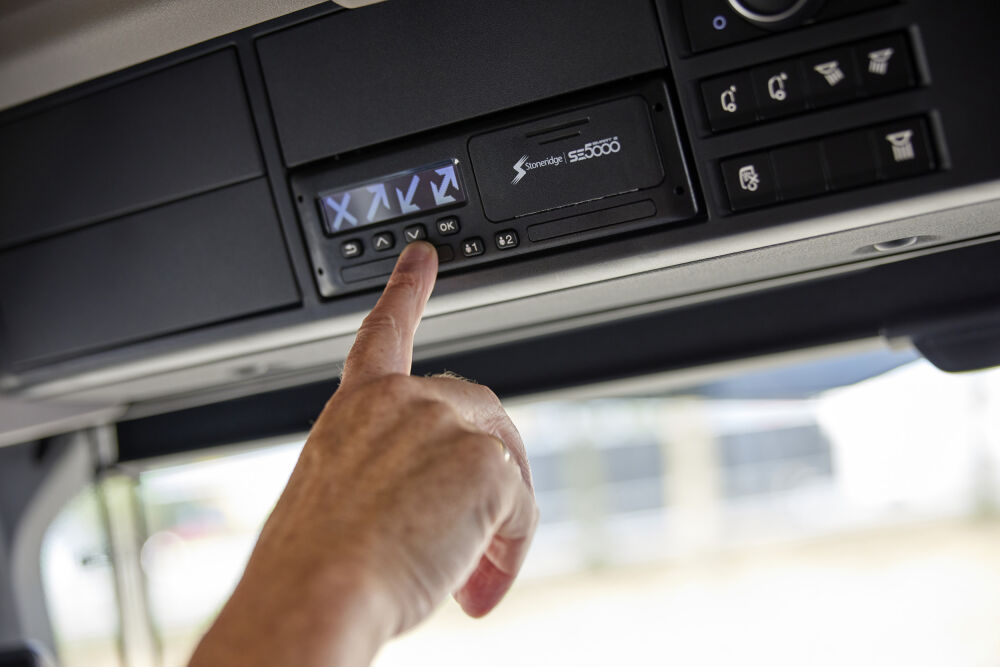Back to overview
Tachograph symbols play a crucial role in ensuring drivers and fleet operators stay compliant with EU or AETR regulations. These symbols are more than just icons; they help accurately record driving, working, and resting times, which are essential for road safety and fair competition in the transport industry. We’ll break down the key tachograph symbols and what they represent.

Why is it important to understand tachograph symbols?
How do these symbols help you as a driver comply with EU or AETR regulations regarding your working and rest times? By using tachograph symbols, you can accurately record your activities, meet legal requirements, and reduce the risk of fines. Incorrect usage can result in non-compliance, leading to costly fines during roadside inspections. Persistent violations may lead to the suspension of licenses or fleet restrictions.
Understanding the symbols and their meanings improves road safety . By accurately tracking rest periods, these symbols help prevent fatigue. Understanding the symbols on your tachograph helps you as driver or fleet manager monitor productivity and ensure smooth operations.

The main tachograph symbols and their meanings
There are a number of tachograph symbols that come up often and whose definition you need to know when working with tachographs.
- Driving: Represented by a steering wheel, this symbol is used when the driver is operating the vehicle.
- Other Work: Depicted as work tools, this symbol is for activities other than driving, such as loading or unloading.
- Break/Rest: Represented by a chair or bed, this symbol indicates designated breaks or daily rest periods.
- Availability: Shown as a square with a diagonal line, this is for periods when the driver is on standby but not working.
- Maintenance Warnings: Indicate when the tachograph requires service or calibration.
- Error Symbols: Highlight issues such as card malfunctions or incomplete data.
- Ferry/Train Crossing: Records rest periods while the vehicle travels on a ferry or train. This ensures compliance with rest regulations, even when the vehicle is in motion.

New symbols on your tachograph
The SE5000 Smart 2 features user-friendly pictograms for easy use of the tachograph:
- Load operation
- Unload operation
- Simultaneous load/unload operation
- Load type: passengers
- Load type: goods
- Load type: undefined load type
- Position where the vehicle has crossed the border between two countries
- Position where a load operation has occurred
- Position where an unload operation has occurred
- Position simultaneous load and unload operation
- Security/authenticated data/seals
- Digital map/border crossing
Curious about all tachograph symbols? Learn more about our SE5000 Smart 2 tachograph and the symbols!

The difference between analogue and digital tachograph symbols
Both analogue and digital tachographs use symbols, but there are key differences in how these symbols are recorded and displayed. Analogue tachographs use physical dials and charts to represent symbols, requiring manual entries for activities. Where a digital tachograph automatically records activities and display symbols on a screen. Which is very easy to use. Some tips for when you work with a digital tachograph:
- Regularly check the screen for errors or warnings.
- Ensure manual entries are correct to avoid discrepancies.


Contact us for your expert tachograph solutions
We specialize in tachograph technology that helps you to stay compliant and efficient on the road. Whether you need assistance with understanding tachograph symbols, calibration , or device upgrades, we’re here to help. Contact us to learn more about our solutions and ensure your fleet operates at its best at all times.
